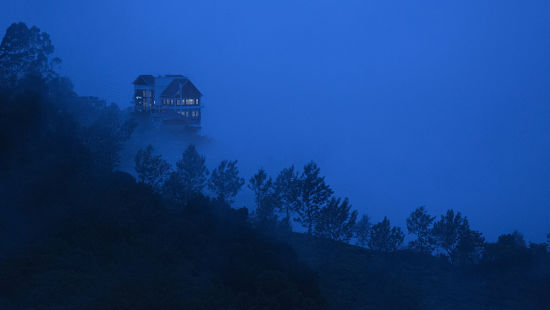"Experiences beyond locations,
Warmth beyond comforts, Nature beyond style."
Fragrant Nature is a chain of exquisite hotels and resorts in Kerala that was established in 2009. We have properties in prime areas of Kochi, Kollam and Munnar that are known for their stunning locations and breathtaking views. We emphasise experiential travel, offering a blend of luxury, wellness and a connection to the local culture. Our hotels in Kerala feature amenities such as Ayurveda and Yoga facilities, upscale dining and unique architectural elements. Each property aims to provide a tranquil escape, with a focus on relaxation, seclusion and immersive experiences for an unforgettable stay in Kerala.










